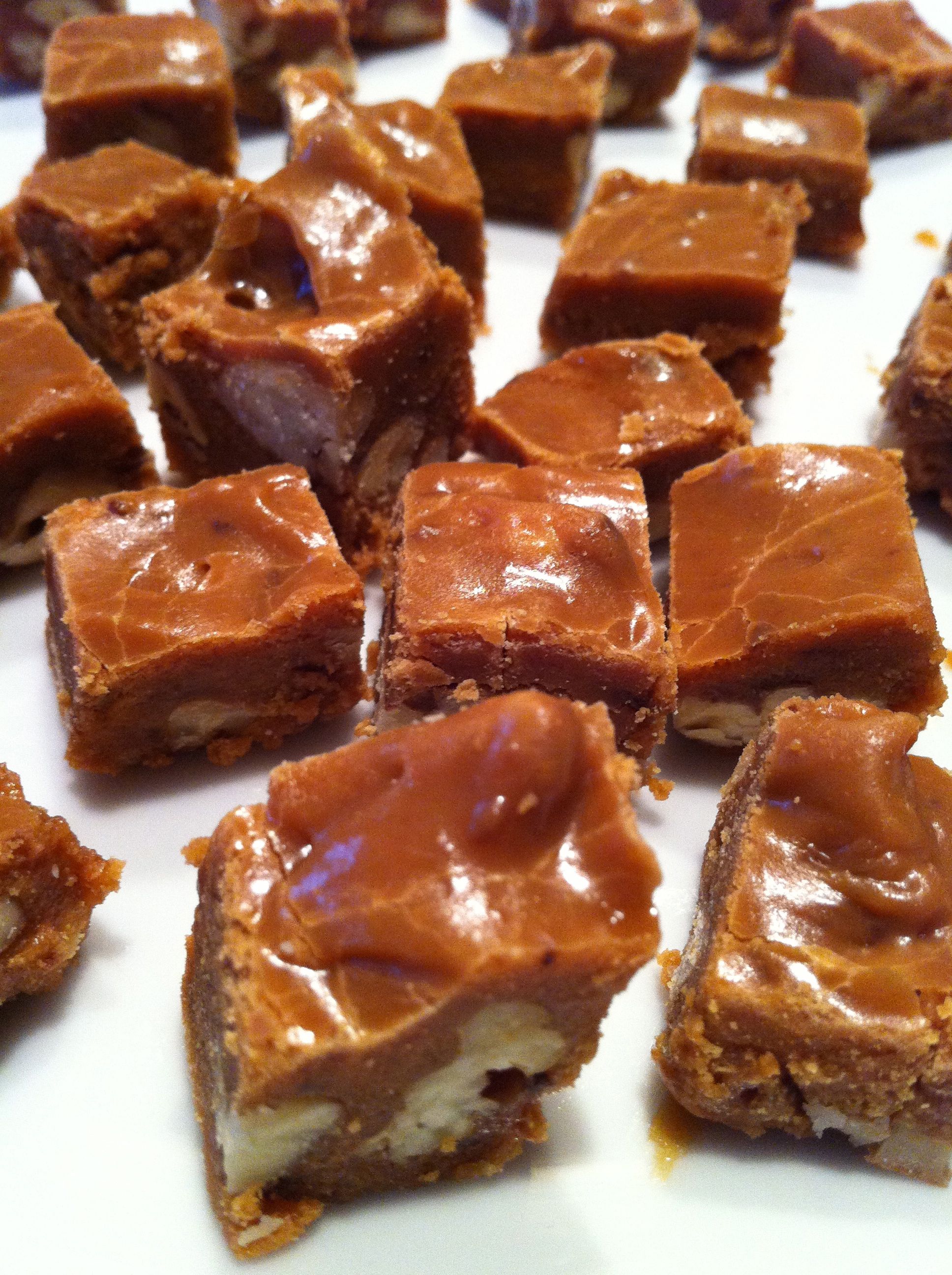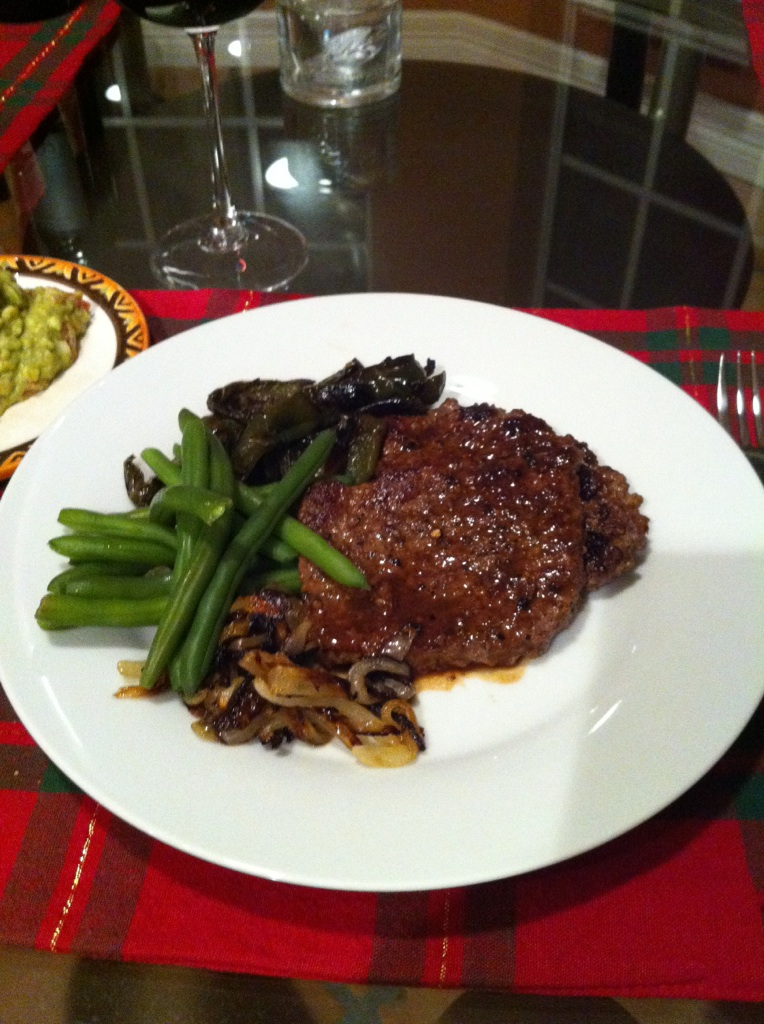
This morning I made this new recipe for Dulce de Leche Quemada.
I used pecans because they are native to Texas and Northern Mexico so it makes the burnt (quemada) milk and sugar candy more Tejano. You'll see that as the liquid mixture temperature rises slowly to F 234°, a series of complex molecular changes transforms the liquid into a burnt color, solid candy. Hmmmmmm!
These changes are now called the Maillard reaction, interactions of amino acids(milk) with sugars/carbohydrates that produce varied colors and flavors. This is different from caramalization.
Although chemist Louis-Camille Maillard named this process in 1910 for the European scientific community, we were using the technique long before that.
The Aztecs in central Mexico used browning of proteins as a cooking technique, as did the Atakapans,in East Texas.
I think this is the recipe that I will use for the art show, "The Candy Shop." (1)
Recipe:
1 qt. whole milk
1/2 qt. sugar
1 tspn vanilla extract
1/8 tspn baking soda
3/4 cup pecans
simmer slowly, low, for 2- 3 hours until it reaches F 234°
(1) The collaborative art exhibit, "The Candy Shop" featured three visual artists and one chef presenting candy as edible sculpture. The notes: "Eating candy is an artful experience, both visual and flavorful. When biting into Latin American candy the moment is imbued with a long history of cultural encounter between Latin American and European cuisines. I've chosen to cook Mexican candies that demonstrate aspects of that encounter. Over 500 years ago when chocolate, squash, chiles and other food products were first transported from Latin America to Europe, they were consumed dislocated from their native culinary history and people. Not so true today when the manufacture, packaging, advertising and transporting of Latin American candies happen in a globalized and visual media environment. Enjoyment is at the basis and it is personal, since eating candy can also recall memories, foster belonging and preserve identity. Artful eating is important because we become what we eat.
Chef Adan M. Medrano"

